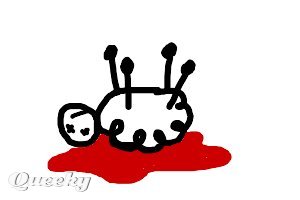

However, many farmers and shepherds fail to realize that sheep hooves require regular care and attention. Healthy sheep hooves are crucial for the animal's well-being and productivity.

Here are some of the most common issues that can befall our favorite hooved animals, as well as tips on how to treat and prevent them. When I first started looking up reasons as to why he might be limping, I was absolutely horrified by the many diseases that can affect a sheep or goat’s hooves. While he doesn’t yet have an infection in any of his feet, overgrown hooves can lead to a multitude of other issues. Luckily, we’ve been able to avoid the need to trim hooves since we picked up our sheep, but it looks like the time is coming soon, at least for Thor. Sheep who are grazed on pasture or on rocky, drier soils may not have to have their hooves trimmed as often as those that are raised in wetter areas or housed indoors. While hoof growth is affected by many factors, such as genetics and soil moisture, most sheep do eventually need to have their feet pared down. However, this pseudo-medical inspection did lead us to the realization that it was probably time to trim his hooves. My husband and I were able to wrangle him into submission long enough for us to inspect the foot, and we noticed that while it was packed right full of dirt and mud, he didn’t seem to have any kind of infection. A few weeks ago, I happened to notice that our Icelandic ram, Thor, was limping, considerably favoring his rear right leg.


 0 kommentar(er)
0 kommentar(er)
